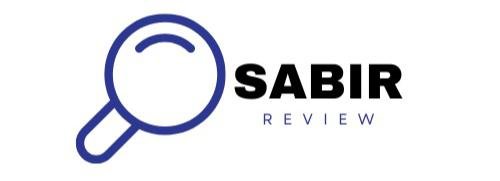
1. Active Learning Techniques
Active learning shifts the focus from passive listening to active participation. Techniques such as group discussions, peer teaching, and problem-solving activities encourage students to engage with the material, enhancing comprehension and retention.
Keywords: active learning, student participation, engagement strategies
2. Formative Assessment
Regular formative assessments provide ongoing feedback to both students and teachers. By using quizzes, polls, and reflective exercises, educators can gauge understanding and adjust instruction accordingly, ensuring all students stay on track.
Keywords: formative assessment, feedback, instructional adjustment
3. Collaborative Learning
Collaboration fosters a sense of community and helps students learn from each other. Group projects and peer reviews encourage teamwork and communication, essential skills for success in and out of the classroom.
Keywords: collaborative learning, teamwork, peer interaction
4. Differentiated Instruction
Tailoring instruction to meet the diverse needs of students is crucial for maximizing engagement. Differentiated instruction allows teachers to provide varied materials and approaches, catering to different learning styles and abilities.
Keywords: differentiated instruction, personalized learning, diverse learners
5. Technology Integration
Incorporating technology into lessons can enhance engagement and provide new ways for students to explore content. Tools such as interactive presentations, educational apps, and online collaboration platforms can make learning more dynamic and accessible.
Keywords: technology integration, digital learning, educational tools
6. Growth Mindset
Promoting a growth mindset helps students develop resilience and a love for learning. Encouraging them to view challenges as opportunities for growth fosters perseverance and a positive attitude toward education.
Keywords: growth mindset, resilience, positive learning environment
7. Inquiry-Based Learning
Inquiry-based learning encourages students to ask questions and explore topics deeply. This student-centered approach promotes critical thinking and allows learners to take ownership of their education through exploration and discovery.
Keywords: inquiry-based learning, critical thinking, student ownership
8. Socratic Questioning
The Socratic method involves asking open-ended questions that stimulate critical thinking and discussion. This technique encourages students to articulate their thoughts and engage in meaningful dialogue, deepening their understanding of concepts.
Keywords: Socratic questioning, critical dialogue, deep understanding
9. Gamification
Integrating game elements into lessons can make learning more engaging. Gamification techniques—such as points, badges, and challenges—motivate students and create a fun, competitive atmosphere that encourages participation.
Keywords: gamification, student motivation, interactive learning
10. Service Learning
Service learning connects classroom knowledge with community service, allowing students to apply their skills in real-world contexts. This strategy fosters civic responsibility and helps students see the relevance of their education.
Keywords: service learning, community engagement, real-world application
11. Mindfulness Practices
Incorporating mindfulness into the classroom can improve students’ focus and emotional regulation. Techniques such as guided meditation and breathing exercises create a calm environment conducive to learning and well-being.
Keywords: mindfulness, emotional regulation, focus enhancement
12. Visual Learning Strategies
Utilizing visual aids—such as charts, infographics, and videos—can enhance understanding for visual learners. By presenting information in multiple formats, educators can cater to various learning preferences and improve retention.
Keywords: visual learning, multimedia resources, information retention
13. Authentic Assessment
Authentic assessments allow students to demonstrate their understanding through real-world tasks, such as projects, presentations, or portfolios. This approach emphasizes the application of knowledge and skills in practical contexts.
Keywords: authentic assessment, real-world tasks, practical application
14. Reflective Practices
Encouraging students to engage in reflective practices helps them develop self-awareness and critical thinking skills. Journals, self-assessments, and group reflections allow learners to evaluate their progress and set goals for improvement.
Keywords: reflective practices, self-assessment, continuous improvement
15. Building Relationships
Establishing strong relationships with students is essential for creating a supportive learning environment. Taking the time to understand their interests, strengths, and challenges fosters trust and encourages open communication.
Conclusion
By implementing these 15 evidence-based strategies, educators can significantly enhance student engagement and academic success. Each strategy provides unique opportunities for fostering a dynamic and inclusive classroom environment that caters to diverse learning needs. As we continue to master the art of teaching, let’s prioritize practices that inspire, motivate, and empower our students to become lifelong learners.
